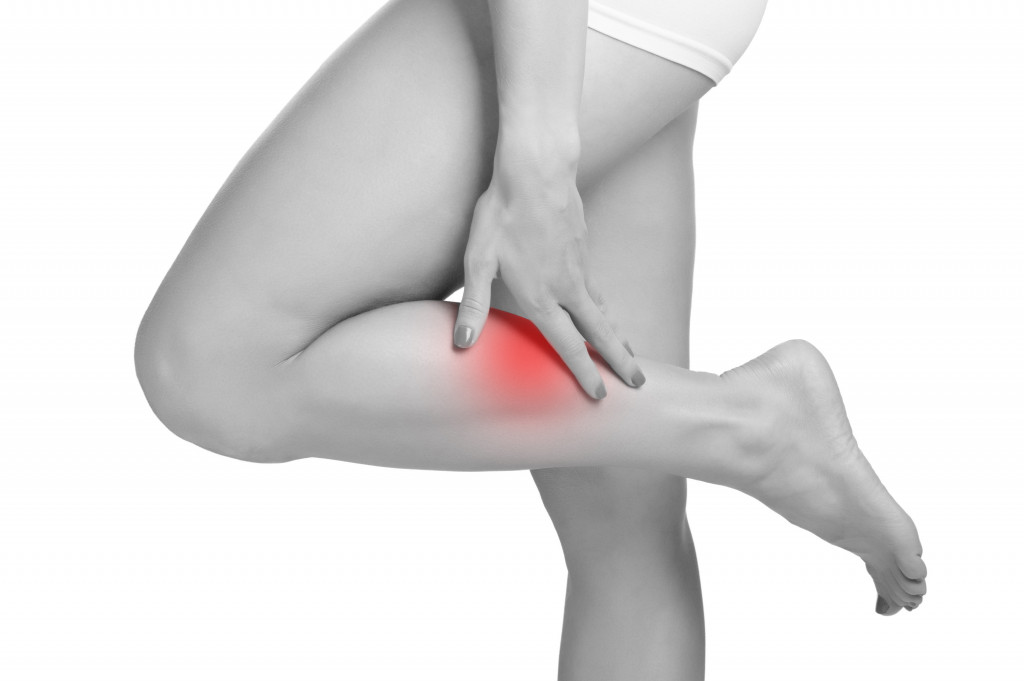Most people experience some type of pain in their life, whether it’s from an injury, arthritis, or another condition. While many medications are available to help relieve pain, these drugs can often have unpleasant side effects. In addition, over-the-counter pills can be expensive.
Fortunately, there are several pain relief methods that you can use to ease your discomfort without spending a lot of money or putting your health at risk.
1. Heat Therapy
Applying heat to sore muscles and joints can help reduce inflammation and pain. One of the simplest ways to do this is to take a hot bath or shower. You can also use a heating pad, which is available at most drugstores. Just be sure to wrap the heating pad in a towel so you don’t burn your skin. This type of therapy can be particularly helpful for people who suffer from arthritis. You can also find over-the-counter heat creams and gels that can provide relief.
2. Ice Therapy
If you have an injury, applying ice to the area can help reduce swelling and pain. Ice packs are available at most drugstores. You can also put crushed ice in a plastic bag and wrap it in a towel. Put ice pack for 20 minutes to the affected area, then remove it for another 20 minutes. Repeat this process as needed. Not only is ice therapy effective, but it’s also inexpensive.
3. Massage
Massage can help relax tense muscles and ease the pain. If you don’t want to pay for a professional massage, ask a friend or family member to give you a massage. You can also buy handheld massagers to use at home. With regular massages, you can help prevent pain before it starts. This is especially helpful for people who work desk jobs and tend to have tight muscles.
4. Acupuncture
Acupuncture is a type of traditional Chinese medicine in which fine needles are inserted into the skin. This therapy is said to help relieve pain by stimulating pressure points in the body. While acupuncture can be expensive, many insurance plans will cover part or all of the costs. Make sure to find a licensed practitioner to avoid any health risks. With regular treatments, acupuncture can provide significant pain relief.

5. Exercise
Regular exercise can help reduce pain by strengthening the muscles and improving joint function. If you’re not used to exercising, start slow with some simple walking or stretching exercises. As you get stronger, you can add more challenging activities to your routine. Be sure to warm up before exercising and cool down afterward to avoid injury.
6. Yoga
Yoga is a type of exercise that involves stretching and deep breathing. This low-impact activity can help improve flexibility, muscle strength, and joint function. In addition, yoga can help reduce stress, which can contribute to pain. If you’re new to yoga, there are many classes available at gyms and community centers. You can also find yoga DVDs and online tutorials.
7. Take Breaks
If you work at a desk job, it’s important to take breaks throughout the day to move your body and stretch your muscles. Set a timer on your phone or computer to remind you to get up and move every 30 minutes or so. Taking just a few minutes to walk around or do some simple exercises can help reduce pain and prevent stiffness.
8. Improve Your Posture
Poor posture can lead to a number of problems, including back pain. If you sit at a desk all day, make sure to sit up straight and use a chair that supports your back. When standing, keep your shoulders back and your head level. If you have to sit or stand for long periods of time, take a break every few minutes to stretch your body.
9. Get a Good Night’s Sleep
If you don’t get enough sleep, your whole body will feel the effects. Lack of sleep can lead to muscle pain and stiffness. It can also make it difficult to concentrate and increase your risk of injury. To get a good night’s sleep, establish a regular sleep schedule and avoid caffeine and alcohol before bed. Create a relaxing bedtime routine to help you wind down at the end of the day.
10. See a Doctor
If you’re experiencing pain that doesn’t go away with home treatment, it’s important to see a doctor. A medical professional can help identify the cause of your pain and recommend an appropriate treatment plan. In some cases, you may need medication to manage your pain. If you have a chronic condition, such as arthritis, your doctor can help you find ways to cope with the pain and prevent further damage.
By following these tips, you can ease your everyday aches and pains. Experiment with different methods to see what works best for you. Remember to consult your doctor if you’re experiencing pain that doesn’t go away.

